Tamil Nadu deluge climate change trailer, matches global warming signs
Thu 19 Nov 2015, 18:10:14
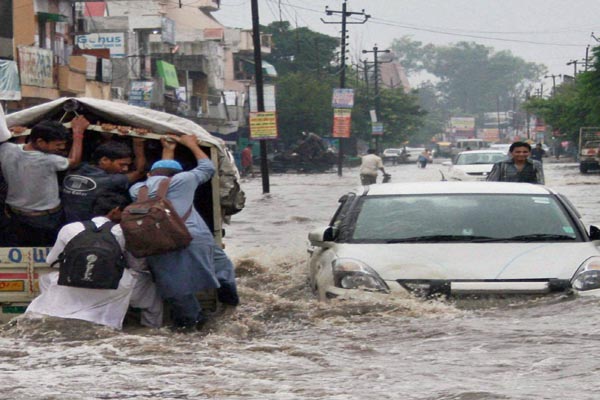
Heavy rains and deadly flooding in south India, a region that saw a killer heat wave this summer, are weather patterns that appear to fit the scenarios of climate change in India, IMD chief Laxman Singh Rathore has said.“They (emerging weather patterns) fit the larger picture of climate change predicted by Indian scientists as well as global reports,” Rathore told HT. Episodes of excessive rainfall are increasing while the number of rainy days is decreasing, Rathore, director-general of the India Meteorological Department, said.Rathore said extreme weather events in India in recent years do match the predicted effects of global warming, although “individual episodes” could not be straightaway linked to larger climate changes without the evidence.Torrential rains — the heaviest in a decade — pounded southern states Tamil Nadu and Andhra Pradesh over the week and are continuing. The region is getting the “northeast monsoon” or winter monsoon, a rain-bearing system that mainly drenches the south.A government statement said 34,000 people in Tamil Nadu and Andhra have been moved to safer locations and 70 have died.“I don’t think there is any climate-change denial now. There is general agreement after the UN’s assessment report 5, which has increased confidence in what’s happening. This is borne out by Indian scientists, too,” Rathore said.Rainfall spikes have had devastating effects in thickly populated and hilly areas, prompting another weather expert to call for weather-safe cities. The government
should factor in “meteorological inputs in the planning and governance of so-called smart cities”, Ajit Tyagi, India’s permanent representative to the World Meteoroglogical Organisation, said.This April, unseasonal hailstorms followed by drought ruined crops in five states. In 2013, swollen rivers barreled down hilly villages in Uttarakhand, killing an estimated 1,000 people. In 2005, catastrophic flooding swamped Mumbai, killing at least 5,000 people across Maharashtra. A back-to-back drought this year has shrivelled crops, causing retail food prices to jump 5.25% in October.Rathore said recent Indian research by climatologists shows extreme weather events increasing.One such study, by R Krishnan, a top climatologist at the Indian Institute of Tropical Meteorology, points to a “significant rise” in monsoon breaks, or pauses during a rainy season, followed by spikes.“Although the frequency of extreme rainfall events has increased in certain parts of the country, it is the decreasing trend in moderate-to-heavy monsoon rainfall events that poses an enormous long-term concern for one of the most densely populated regions of the world that heavily depends on monsoonal rains,” the authors, including Krishnan, wrote in the journal Climate Dynamics.This year, the Met had predicted a scanty summer monsoon (14% deficient) but a heavier-than-normal OctoberDecember winter monsoon in the south. One of the reasons for Chennai’s heavy rains is the ongoing El Nino weather pattern, which causes dry summers but wetter winters.
should factor in “meteorological inputs in the planning and governance of so-called smart cities”, Ajit Tyagi, India’s permanent representative to the World Meteoroglogical Organisation, said.This April, unseasonal hailstorms followed by drought ruined crops in five states. In 2013, swollen rivers barreled down hilly villages in Uttarakhand, killing an estimated 1,000 people. In 2005, catastrophic flooding swamped Mumbai, killing at least 5,000 people across Maharashtra. A back-to-back drought this year has shrivelled crops, causing retail food prices to jump 5.25% in October.Rathore said recent Indian research by climatologists shows extreme weather events increasing.One such study, by R Krishnan, a top climatologist at the Indian Institute of Tropical Meteorology, points to a “significant rise” in monsoon breaks, or pauses during a rainy season, followed by spikes.“Although the frequency of extreme rainfall events has increased in certain parts of the country, it is the decreasing trend in moderate-to-heavy monsoon rainfall events that poses an enormous long-term concern for one of the most densely populated regions of the world that heavily depends on monsoonal rains,” the authors, including Krishnan, wrote in the journal Climate Dynamics.This year, the Met had predicted a scanty summer monsoon (14% deficient) but a heavier-than-normal OctoberDecember winter monsoon in the south. One of the reasons for Chennai’s heavy rains is the ongoing El Nino weather pattern, which causes dry summers but wetter winters.
No Comments For This Post, Be first to write a Comment.
Most viewed from National
Most viewed from World
AIMIM News
Latest Urdu News
Most Viewed
May 26, 2020
Where should be the burial of the pilgrims martyred in the Saudi Arabia bus accident?
Latest Videos View All
Like Us
Home
About Us
Advertise With Us
All Polls
Epaper Archives
Privacy Policy
Contact Us
Download Etemaad App
© 2025 Etemaad Daily News, All Rights Reserved.


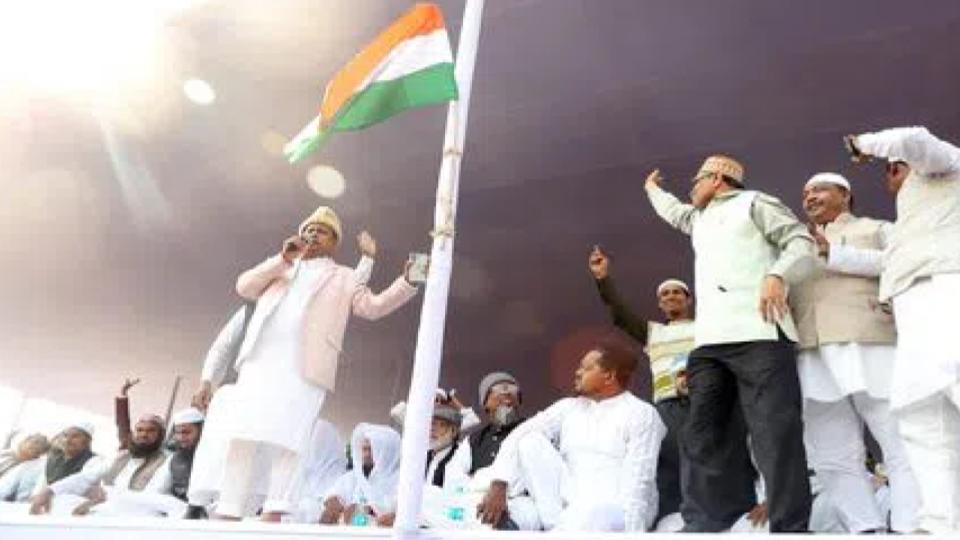






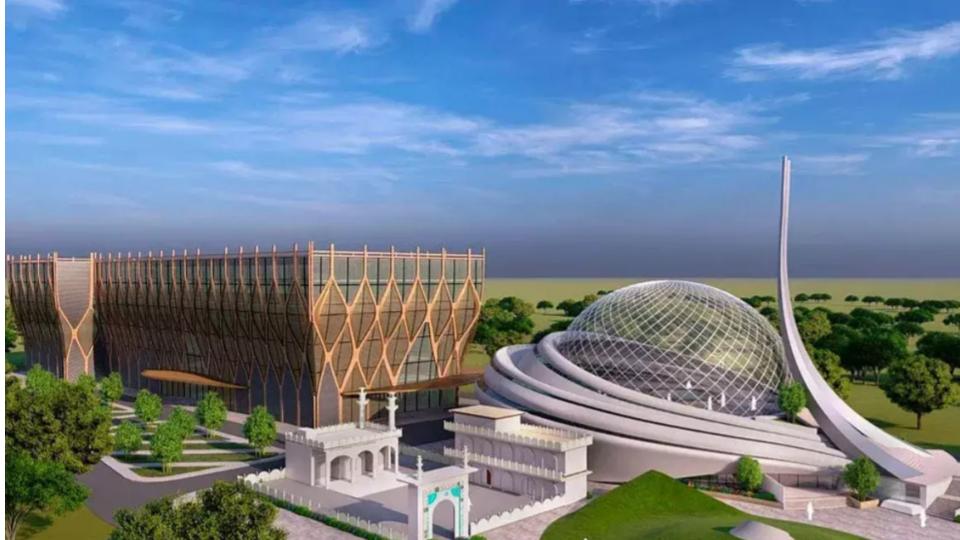

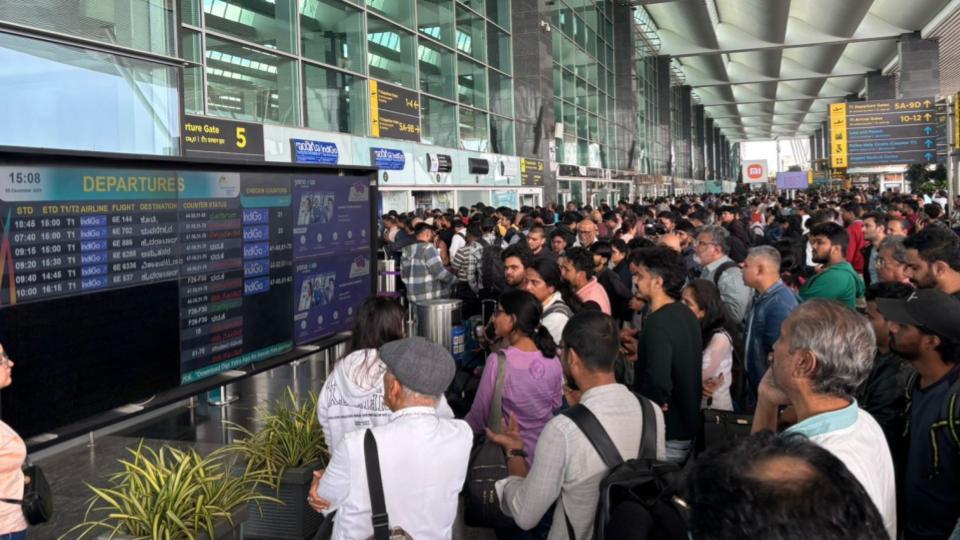
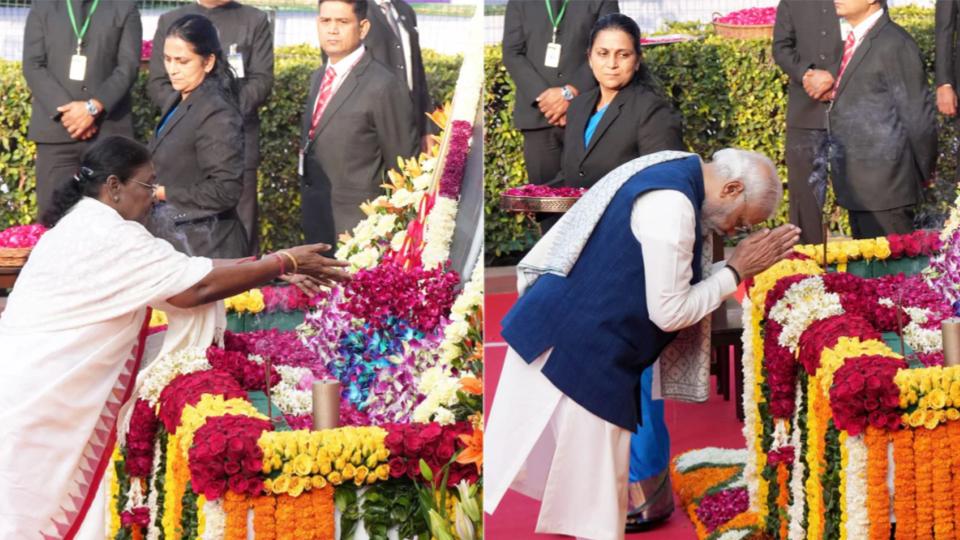

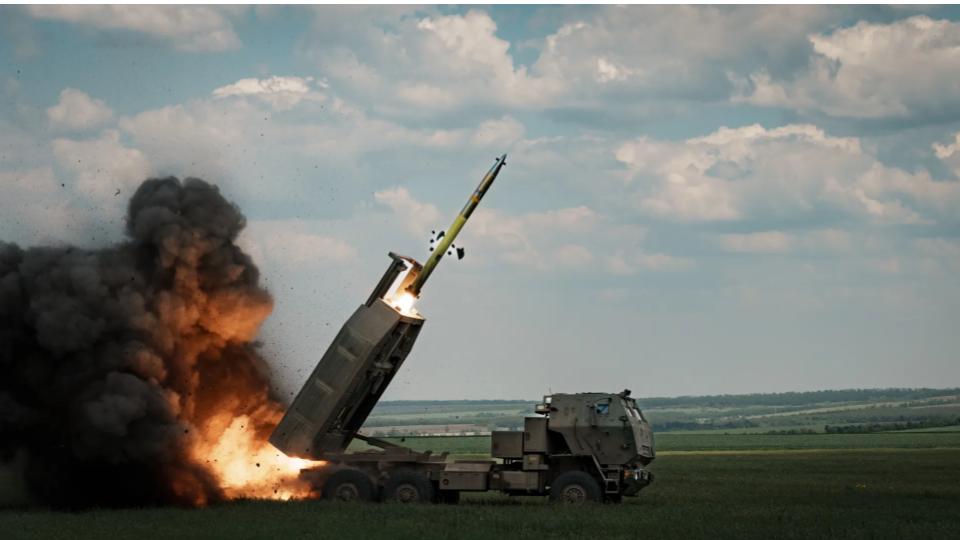
.jpg)

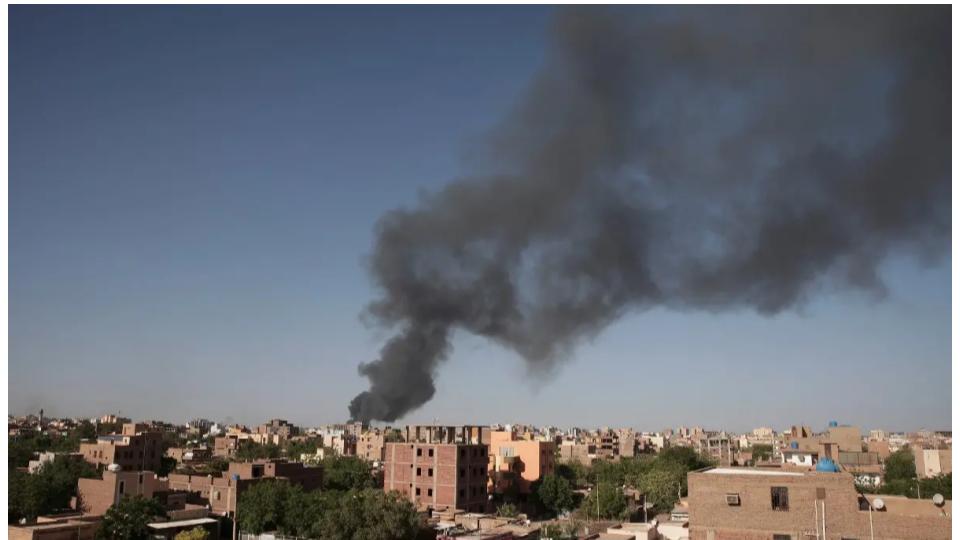
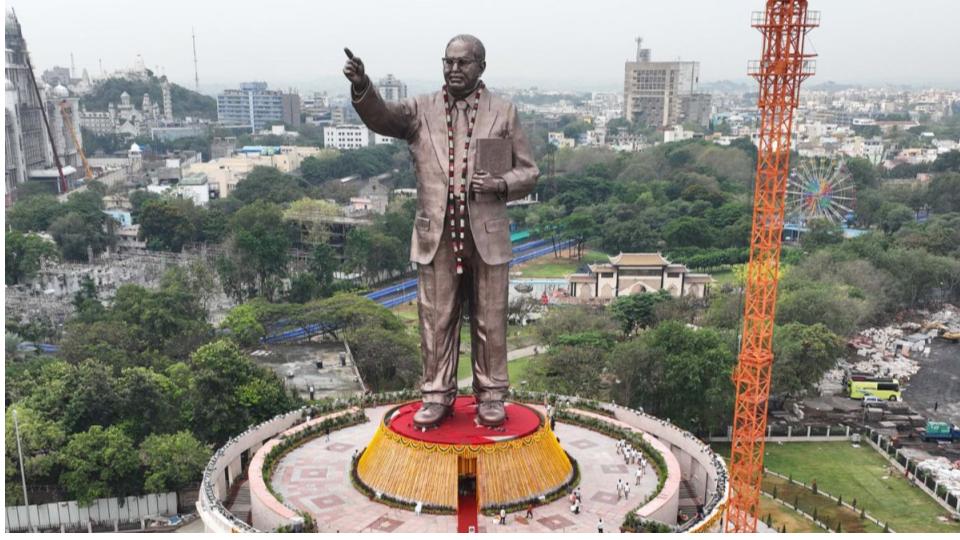
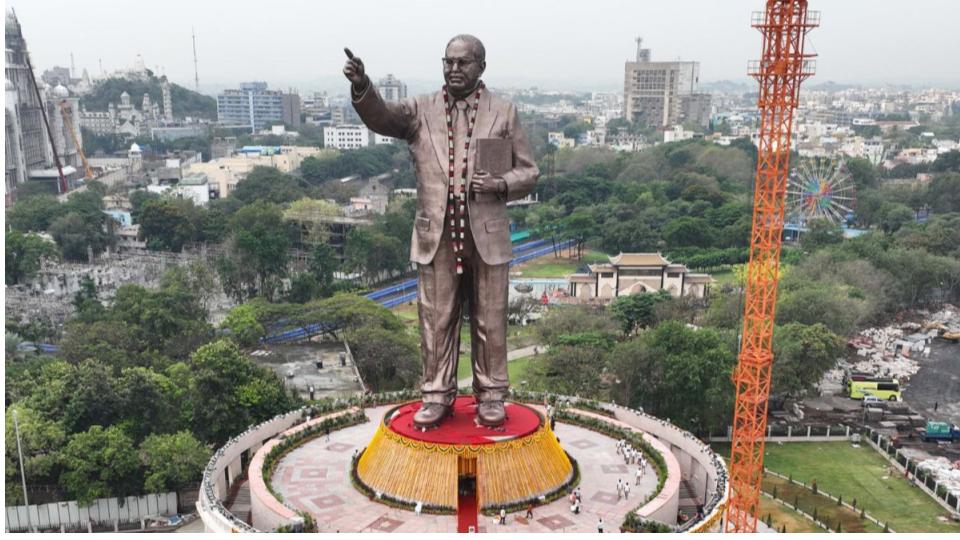



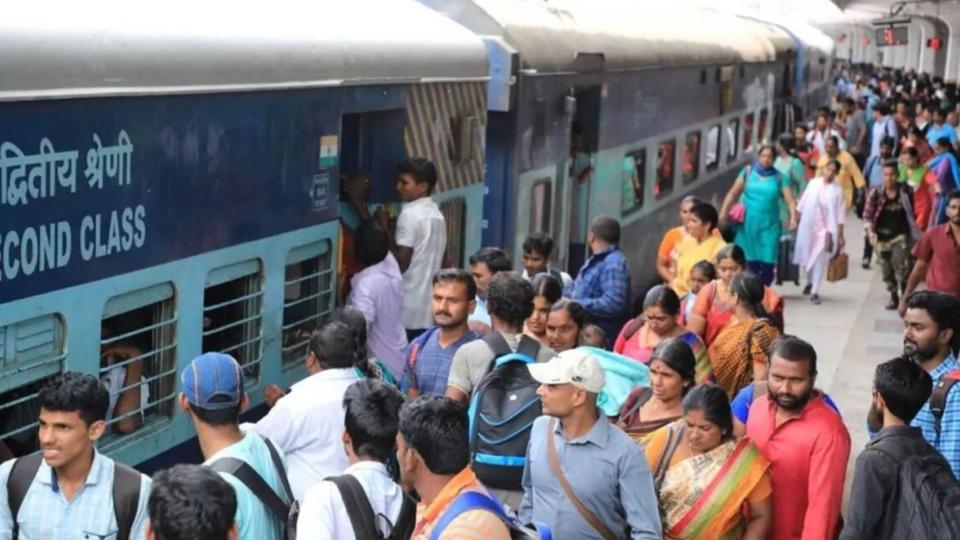


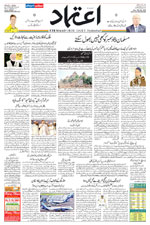










.jpg)
.jpg)
.jpg)


